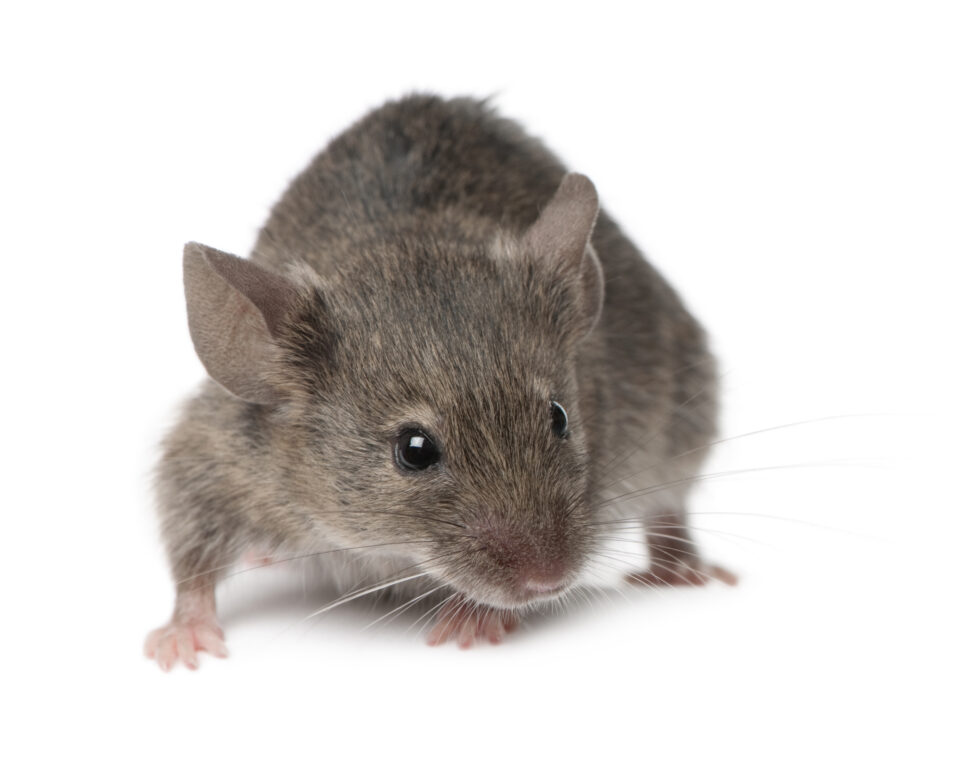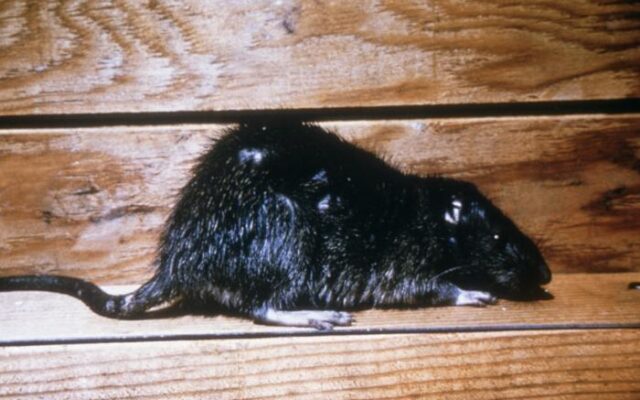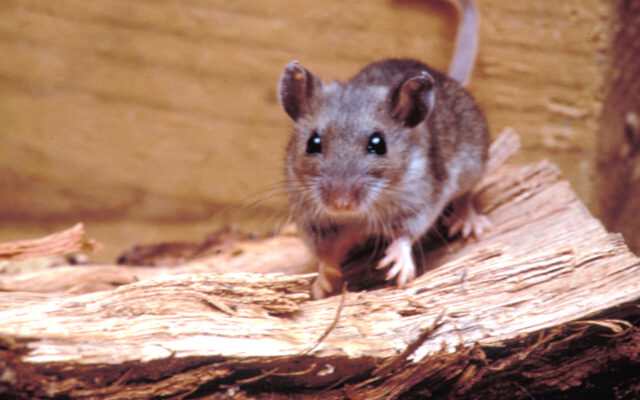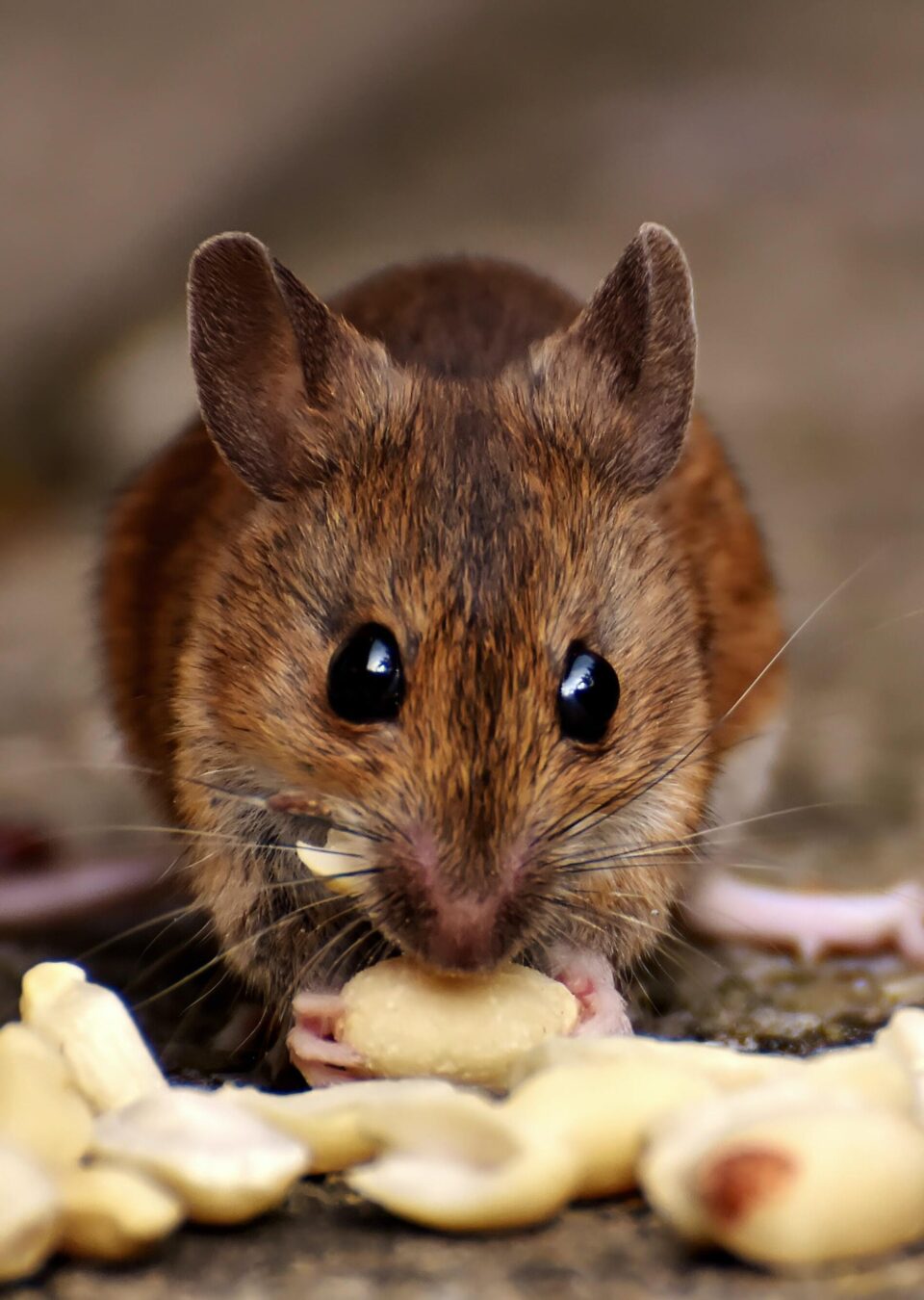Rodents

Rodents transmit diseases like plague, rat-bite fever, typhus and salmonellosis. Diseases can spread to humans directly through handling rodents, contact with feces, urine or saliva or from bites. Spread also occurs indirectly through ticks, mites or fleas from infected rodents. The best protection is effective rodent control in and around homes. This is achieved by eliminating food sources, sealing even the smallest entries into homes and successfully trapping rodents.
The Department provides free inspection of residential property and places toxic baits outside at no charge when necessary. Bait cannot be provided directly due to federal laws. It is placed in secure bait stations outside living areas and cannot be touched because it is unsafe and may decrease the effectiveness. Staff re-check the property every 7-14 days until the infestation is eliminated.
Rodent Control Program
The Department of Health has a rodent control program that involves baiting for rats around residential properties and in alleyways upon request for free. Education and code enforcement will also be conducted.
Rodent Species in Allen County
The Norway rat (Rattus norvegicus) and the common house mouse (Mus musculus) are the prevailing rodent species found in Allen County.

Norway Rat
- Adult rats are 12-18 inches long, and weigh up to 16 ounces.
- Rat muzzles are blunt, and their bodies look thick and heavy.
- Rats have small eyes, naked ears, and coarse fur; the ears are close to the body and do not cover the eyes when bent forward.
- Rat tails are 6-9 inches long, scaly and nearly naked; the tails are shorter than the head and body
- Rats have brown to dark gray fur, with scattered black hairs, and are gray, grayish brown or dirty white underneath.

House Mouse
- The adult mouse has a small slender body weighing from ½-ounce to an ounce.
- Mice have large, scantily haired ears; small black protruding eyes; a slightly pointed nose; and rows of scale ringing their long, tapered, sparsely furred tail which is usually equal to the length of the body, about 4 inches on average.
- Mice usually have light brown to gray or black fur, with white or buff fur underneath.
- A mouse’s life span is 9-18 months, although some have lived up to two years in captivity.
Rodent Control
Controlling rats and mice is more than just plugging entry holes, setting traps and putting out poison bait. The best control is to take away available food, water and shelter.
The first step is cleanup. Rats and mice find shelter under old lumber and firewood piles (should be stored 18 inches off the ground), piles of old papers, boxes, bags, broken-down sheds, trash dumps, high weeds and abandoned vehicles. All must be eliminated or corrected. Any control program without environmental improvement is ineffective.
Interior sanitation should also occur. Once rats or mice are in your house, their population levels will increase if there is available food and water. Remember rats will eat about anything. If there is a cockroach problem, rats or mice can feed on the insects. Clean up food crumbs and fix water leaks.
Stopping rats and mice movement into buildings or other unwanted areas is an important step to control. Rats can squeeze through a quarter-sized hole; mice through a dime-sized hole. Favorite entrances are poorly fitting doors and windows, holes around lead-in pipes and wires, dryer vents, joints between building foundations and walls, cracked siding and unscreened doorways. All should be closed using sheet metal, hardware cloth or cement. Doors and windows should be adjusted to close tightly. It is also important to have tight-fitting covers on floor drains.
Take proper precautions if there are large amount of droppings and urine to avoid any rodent-borne disease. See the CDC’s Cleaning Up After Rodents.
- Open windows for ventilation.
- Wear gloves.
- Wear a N-95 respirator mask if a large amount of droppings and urine are present.
- Spray droppings and urine with disinfectant or bleach solution (1 part bleach per 10 parts water).
- Wipe up with paper towels and throw away.
- Spray disinfectant or bleach solution on surfaces and wipe or mop.

Population Reduction
Methods generally used for population reduction are trapping, glue boards, burrow fumigation, tracking powders and oral poison.
- Trapping: a practical way of removing rats and mice, especially where poisons might be hazardous and odors objectionable. The most effective and versatile is the wooden snap trap.
- Glue boards: use on a non-toxic sticky substance on heavy squares of cardboard placed in active runways. When animals become trapped they are killed and the board is thrown away.
- Fumigants: several are federally registered as fumigants against rodents. Most fumigants can only be used by professionals and should never be used where people or non-target animals come in contact with the gas.
- Tracking powder: effective when food is plentiful. The rat or mouse comes in contact with the powder, cleans itself and ingests the poison. Tracking powders should never be used where there is any danger of the powder coming in contact with food or surfaces where food is prepared.
- Oral poisons*: come in single and multiple doses. Killing success with single dose poisons depends on the animal consuming a lethal amount at one meal. Multiple dose poisons have a lower concentration and rely on several days of consecutive feeding. No toxic bait is 100% effective. Trapping is necessary for every rodent to be removed. Rats and mice that eat bait may die in a wall void or other unreachable areas and produce a decomposing odor.
*Reminder for City of Fort Wayne residents: City Code, Chapter 91.025, Animal Care and Control states “No person shall set, use or employ any type of poisonous substance or bait within the city limits that the Department deems harmful to any domestic animal; provided, however, that controlled programs under the direction of the Fort Wayne-Allen County Department of Health or state licensed extermination service may be excluded in the discretion of the Department.”